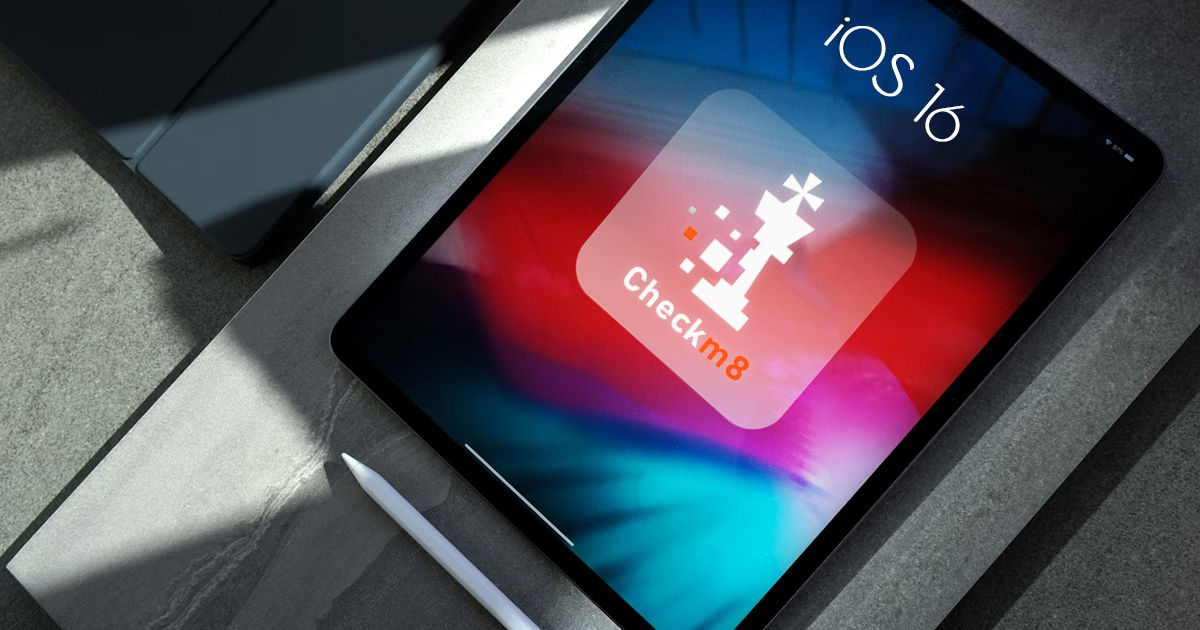iOS 13 is on the way. While the new mobile OS is still in beta, so far we have not discovered many revolutionary changes in the security department. At the same time, there are quite a few things forensic specialists will need to know about the new iteration of Apple’s mobile operating system. In this article, we’ll be discussing the changes and their meaning for the mobile forensics.
Apple iCloud, Apple iCloud Drive, EIFT, Elcomsoft iOS Forensic Toolkit, Elcomsoft Phone Breaker, Elcomsoft Phone Viewer, EPB, EPV, iCloud, iOS 13, macOS
Since April 2018, Apple made iTunes available to Windows 10 users through the Microsoft Store. While the stand-alone download remains available from Apple’s Web site, it is no longer offered by default to Windows 10 users. Instead, visitors are directed to Microsoft Store, which will handle the installation and updates of the iTunes app.
Finally, TAR support is there! Using Elcomsoft iOS Forensic Toolkit to pull TAR images out of jailbroken iOS devices? You’ll no longer be left on your own with the resulting TAR file! Elcomsoft Phone Viewer 3.70 can now open the TAR images obtained with Elcomsoft iOS Forensic Toolkit or GrayKey and help you analyse evidence in that file. In addition, we added an aggregated view for location data extracted from multiple sources – such as the system logs or geotags found in media files.
Apple has a wonderfully integrated ecosystem. Apple computers, tablets and phones conveniently synchronize information such as passwords, Web browsing history, contacts and call logs across all of the user’s devices. This synchronization mechanism uses iCloud to sync and store information. The syncing mechanism works independently from iOS system backups that are also stored in iCloud (or iCloud Drive). As opposed to daily iCloud backups, synchronized data is updated and propagated across devices in almost real time. Extracting this information can be invaluable for investigations as it provides access to the most up to date information about the user, their activities and whereabouts.
We loved what Apple used to do about security. During the past years, the company managed to build a complete, multi-layer system to secure its hardware and software ecosystem and protect its customers against common threats. Granted, the system was not without its flaws (most notably, the obligatory use of a trusted phone number – think SS7 vulnerability – for the purpose of two-factor authentication), but overall it was still the most secure mobile ecosystem on the market.
Accessing the list of apps installed on an iOS device can give valuable insight into which apps the user had, which social networks they use, and which messaging tools they communicate with. While manually reviewing the apps by examining the device itself is possible by scrolling a potentially long list, we offer a better option. Elcomsoft Phone Viewer can not just display the list of apps installed on a given device, but provide information about the app’s version, date and time of acquisition (first download for free apps and date and time of purchase for paid apps), as well as the Apple ID that was used to acquire the app. While some of that data is part of iOS system backups, data on app’s acquisition time must be obtained separately by making a request to Apple servers. Elcomsoft Phone Viewer automates such requests, seamlessly displaying the most comprehensive information about the apps obtained from multiple sources.
In this how-to guide, we’ll cover the steps required to access the list of saved wireless networks along with their passwords.
In the world of no jailbreak, acquisition opportunities are limited. Experts are struggling to access more information from those sources that are still available. Every little bit counts. In Elcomsoft Phone Viewer 3.0, we’ve added what might appear like a small bit: the ability to view undismissed iOS notifications. Unexciting? Hardly. Read along to discover how extracting notifications from iOS backups can make all the difference in an investigation! (more…)
Cloud acquisition has been available for several years. iPhones and iPads running recent versions of iOS can store snapshots of their data in the cloud. Cloud backups are created automatically on a daily basis provided that the device is charging while connected to a known Wi-Fi network. While iCloud backups are great for investigations, there is one thing that might be missing, and that’s up-to-date information about user activities that occurred after the moment the backup was created. In this article, we’ll discuss an alternative cloud acquisition option available for iOS devices and compare it to the more traditional acquisition of iCloud backups.
iCloud sync is everywhere. Your contacts and calendars, system backups and photos can be stored in the cloud on Apple servers. This time, we discovered that yet another piece of data is stored in the cloud for no apparent reason. Using an iPhone and have an active iCloud account? Your calls will sync with iCloud whether you want it or not. In fact, most users we’ve heard from don’t want this “feature”, yet Apple has no official way to turn off this behavior other than telling people “not using the same Apple ID on different devices”. What’s up with that? Let’s try to find out.


